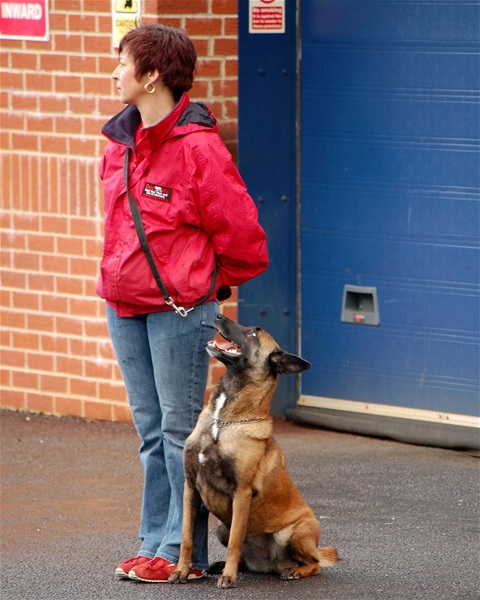ENGAGEMENT by DogMa
When working with our dogs it’s important that we have engagement. What does this mean?
We must be the strongest motivator in their environment.
How is this achieved?
Through play, positive reinforcement, fun and positive energy.
What can I do to get my dog to engage or to improve the engagement I have?
Use food, use toys, all eye contact is rewarded with a primary reinforcer.
How often do I need to practice this?
Practice engagement whenever and wherever you are with your dog and they chose you.
This may all sound straight forward and generally it is if you start as you should with minimal distraction, where do you start?
At home, in the garden, on the drive, in the street, at distance from other dogs until your dog chooses you over all other distractions.
If you are disciplined with this exercise you dog’s focus will also lengthen.
Most people become frustrated with lack of progress in training because they do not have their dogs attention!
